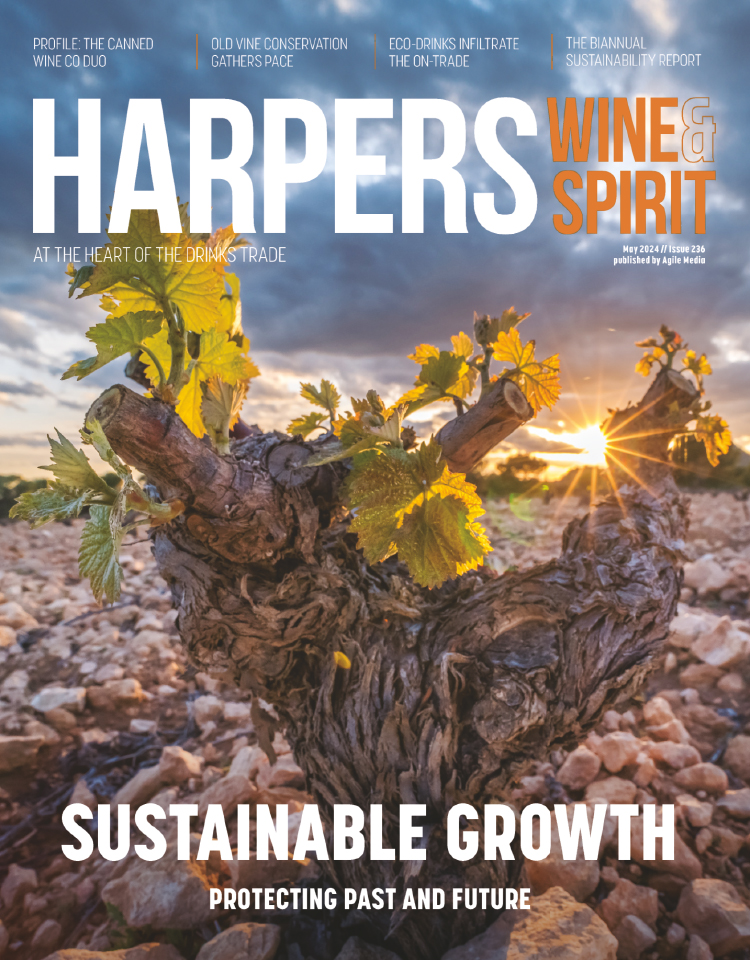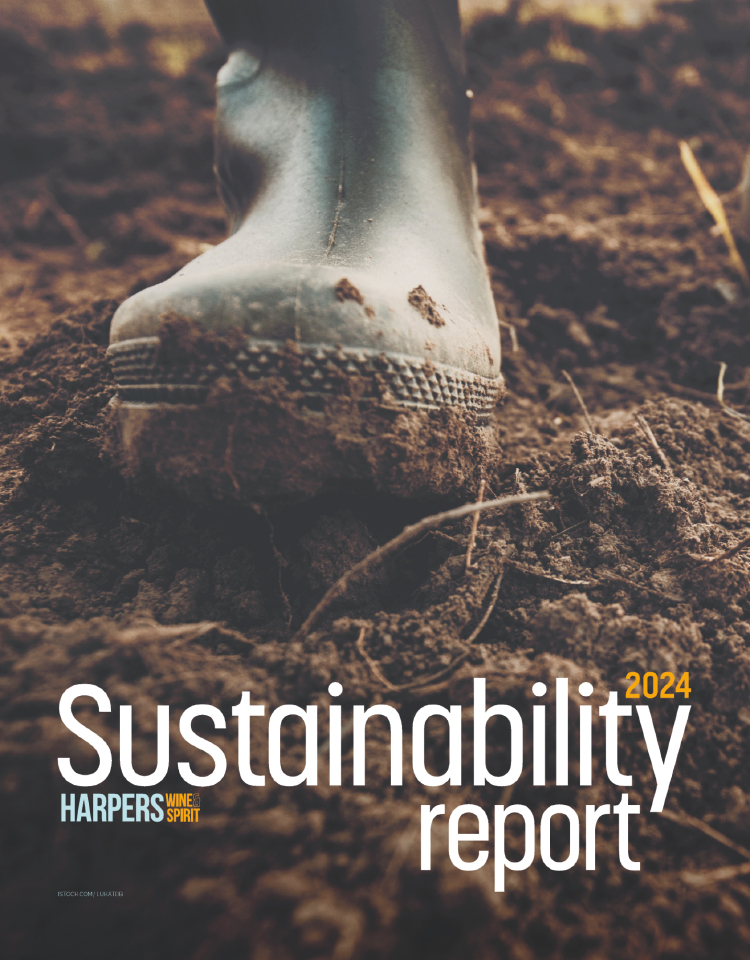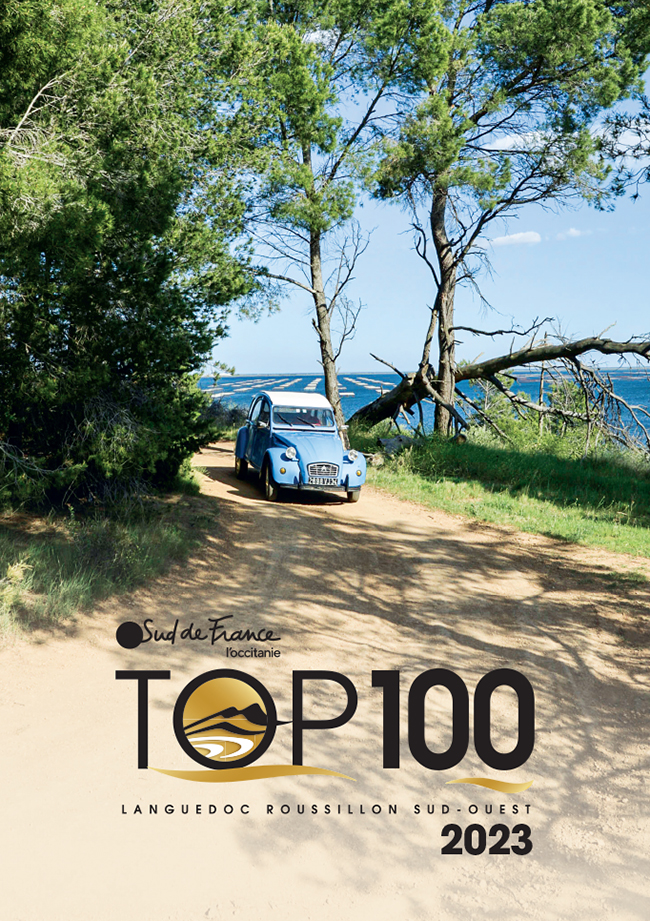
Analysis: Oddbins and the long goodbye
Jason Millar contemplates Oddbins’ legacy and what we might learn from its demise.
Sixty years after its foundation, Oddbins has closed its shop doors for the last time. Like one of those silver screen stars who inexplicably lived to 103 but who everyone thought had passed away in the 2000s, Oddbins endured for longer than expected. The closure has provoked a wave of comments from people reflecting on what Oddbins meant to them. But is there anything to learn for those of us left behind?
Staff loom large in the tributes from former customers. They were a fundamental part of what made Oddbins tick and their recommendations had a huge impact on the tastes of a generation. Many were almost amateurs, without wine qualifications but with enormous passion and self-acquired knowledge. These keen, down-to-earth staff were crucial to Oddbins through its most successful periods.
Combined with some distinctive branding and marketing, Oddbins managed to do something important: create a generation of wine lovers who were from non-traditional backgrounds. They didn’t want to buy 30 cases of the same claret and didn’t have accounts at one of the Royal-Warranted merchants. It was a revolution in wine retailing, and the foundation of the company’s success. Oddbins commercialised curiosity at a time when convention was king and demonstrated that it was important to embrace things because they were new.
But Oddbins also regularly flirted with disaster due to debt problems, poor range management and a subsequent lack of cashflow. The range that brought Oddbins awards and changed the tastes of the nation was never quite sustainable. It survived largely because it was bankrolled by a series of owners with other commercial motives than making Oddbins a profitable business. It became harder to keep the plates spinning, the shelves full. Gift bags were used to cover up the gaps and in the 21st century a corporate ambivalence replaced the amateur bonhomie of the early days.
Just as Castel Frères was taking over Oddbins in 2001, the wine world was on the cusp of a digital transformation. Around the same time something else happened: the internet properly arrived as the first broadband connection in the UK was installed in Basildon, Essex. Even aside from ecommerce, Wine-Searcher, Cellartracker, Google, Instagram and Vivino all in due course became alternative sources for wine buyers to find out what was new and exciting. The shop teams on the floors of merchants such as Oddbins were no longer such powerful tastemakers and gatekeepers, yet Oddbins had more committed to bricks-and-mortar than at any point in its history.
As the internet democratised and fragmented the wine world irreconcilably, the idea of a Blockbuster-style national wine chain became as passé as Merlot. In the early 21st century, many former Oddbins employees left to set up what would become a new wave of independent merchants. These businesses created competition for Oddbins on its own turf, often with very similar models, but many embraced Enomatics or hybrid approaches that allowed them to serve wine by the glass, offering a new experience to their customers and crossing over into territory traditionally inhabited by restaurants.
Also at this point, many drinkers’ tastes began to change, and Oddbins was unable to adapt. The wine lovers of the 21st century were not looking for three-for-£10 deals and Bordeaux lookalikes, but variety, authenticity and rarity. With almost 300 stores to feed, the Oddbins range was now seen as monolithic, less responsive to its customers, and moving further from the literal ‘odd bins’ philosophy of the early company. The range became more commercial and conventional at exactly the time the market for indigenous, artisan and terroir-led wines exploded. Many of the company’s former customers took their business elsewhere.
In short, the Oddbins model was starting to look old-fashioned. The wine world was changing, but this time Oddbins was sticking to what it knew. Unsure of how to respond, it changed tack under Simon Baile and, after falling into administration in 2011, attempted to return to its roots rather than evolve.
Some serious management blunders didn’t help, and by 2023 the game was up. Official statements have blamed the crunch on credit caused by Brexit, increased costs and declining footfall, which no doubt played their part. But many former Oddbins sites have found new leases of life as successful indies, suggesting the company’s problems were on a deeper level.
As the shutters come down for the last time on the shops, many of Oddbins’ struggles were the same as those that merchants continue to face today: the precariousness of the bricks-and-mortar model, the increasing challenges of cashflow and range management, the failure to attract and retain talented staff, the difficulties of expansion and the challenges of a changing market. But at its peak, Oddbins was a force for good, shaping the palates of several generations, fostering the careers of many wine professionals and demonstrating the value of embracing the new – even in wine.







